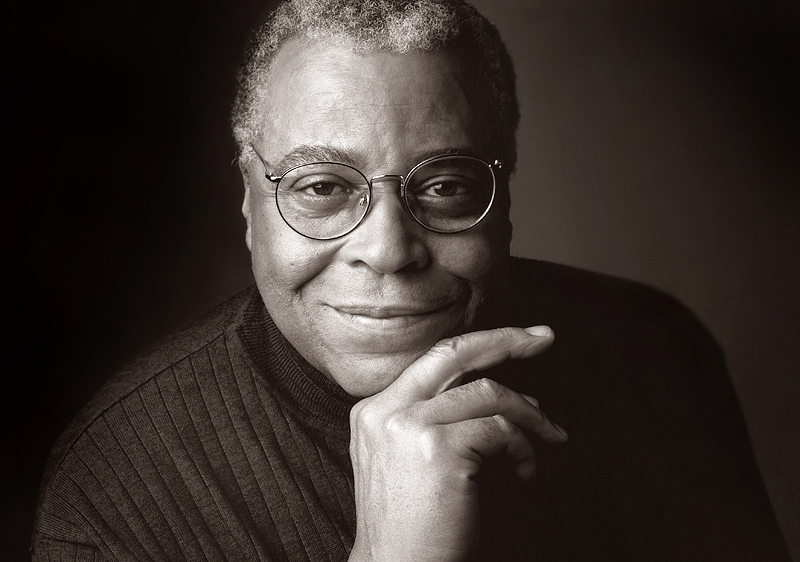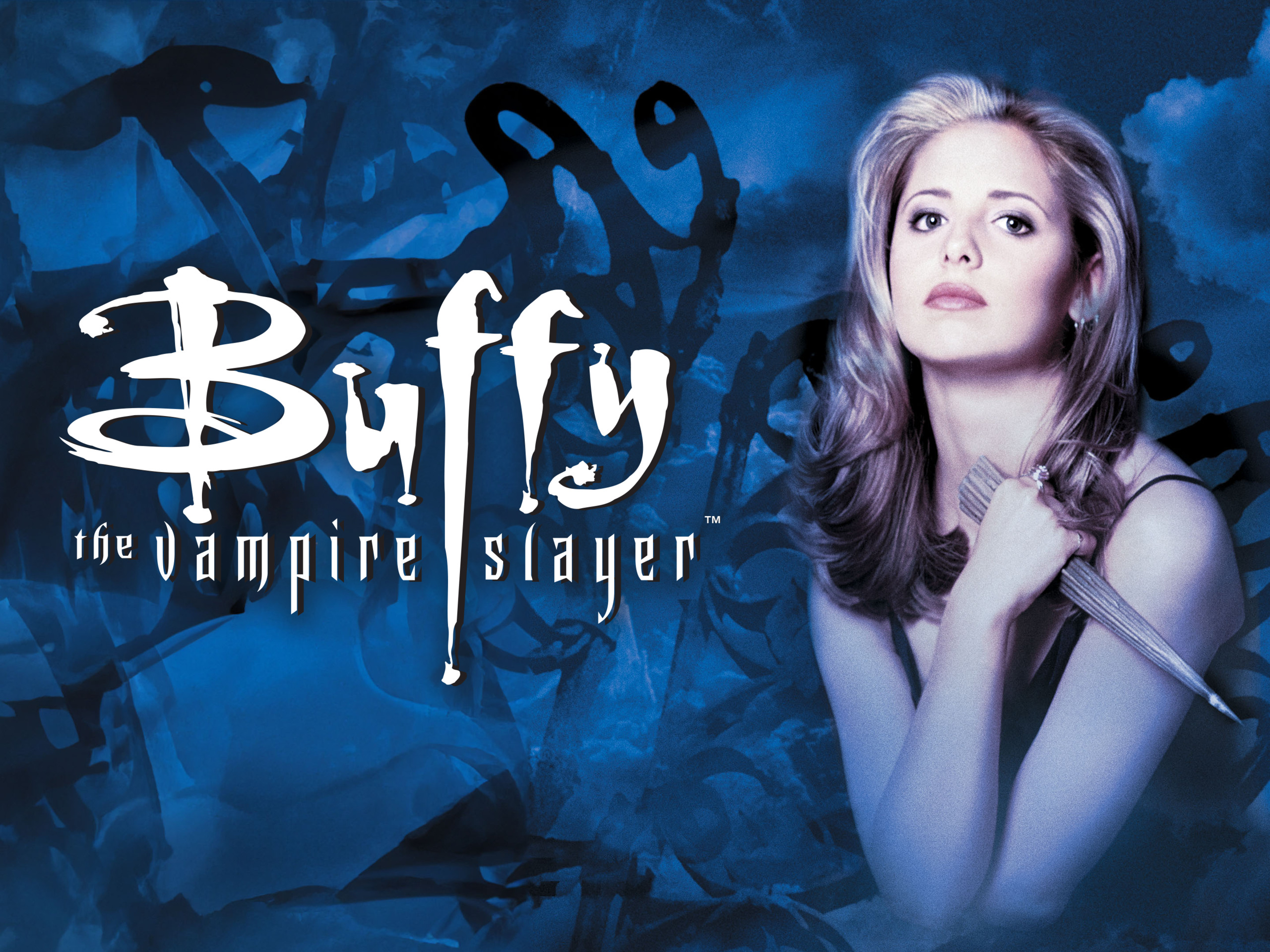

Movie
A Tribute to James Earl Jones: The Top 10 Favorite Films of a Legendary Actor
James Earl Jones, with his booming voice and commanding presence, has left an indelible mark on the film industry. From regal kings to fearsome villains, his versatile talent has made him a household name across generations. As a tribute to his extraordinary career, we take a look back at the top 10 favorite James Earl Jones movies—films that highlight the range, depth, and sheer power of his acting.
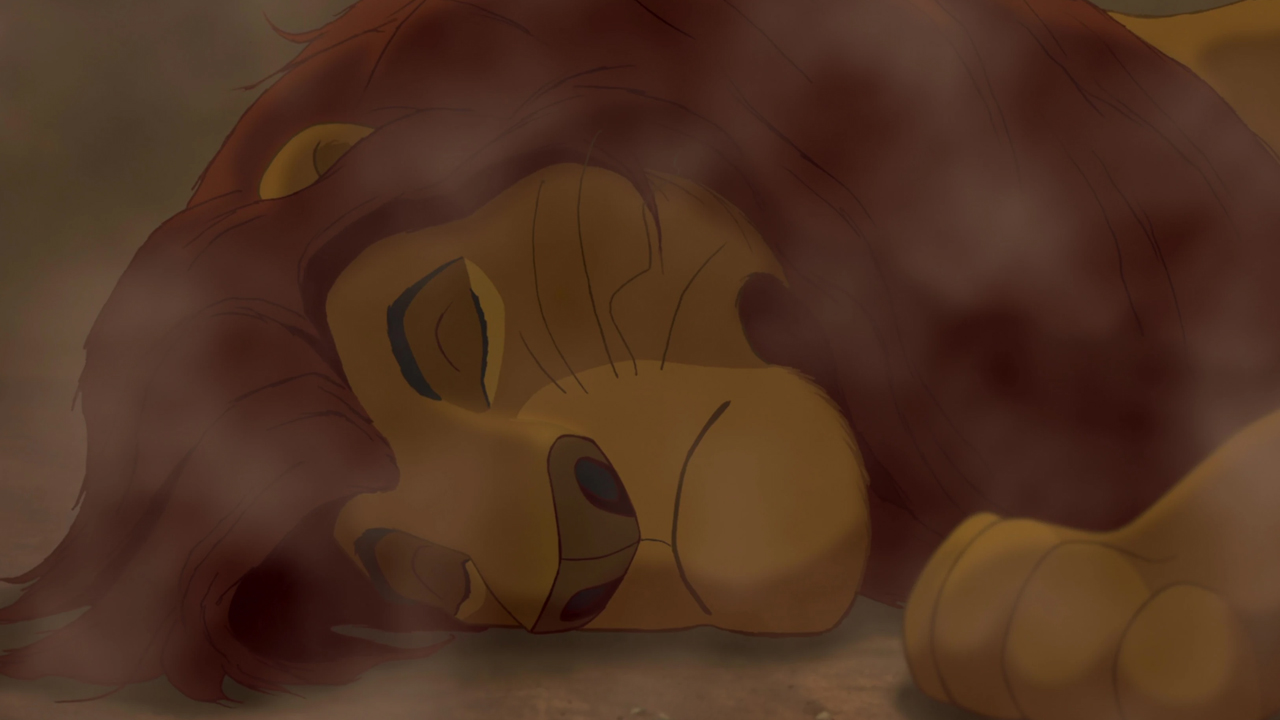
1. The Lion King (1994)
Overview: James Earl Jones’ portrayal of Mufasa in Disney’s The Lion King is iconic. His powerful voice gives life to the wise and noble lion king, delivering lines that have become part of cinematic history. The father-son bond between Mufasa and Simba resonates with viewers, making this role a cherished one in his filmography.

2. Star Wars: Episode IV – A New Hope (1977)
Overview: Perhaps no other role defines Jones more than his vocal portrayal of Darth Vader in Star Wars. His deep, menacing voice made Darth Vader one of the most feared and beloved villains in movie history. Though he was never physically on screen, his contribution to Star Wars is unforgettable.

3. Coming to America (1988)
Overview: In this beloved comedy, James Earl Jones plays King Jaffe Joffer, the proud and slightly intimidating father of Eddie Murphy’s Prince Akeem. His regal demeanor and comedic timing add a layer of humor and heart to this fish-out-of-water tale.

4. Field of Dreams (1989)
Overview: In Field of Dreams, James Earl Jones plays Terence Mann, a reclusive writer who delivers one of the most memorable monologues about baseball ever written. His performance, full of grace and wisdom, elevates the film to new emotional heights.
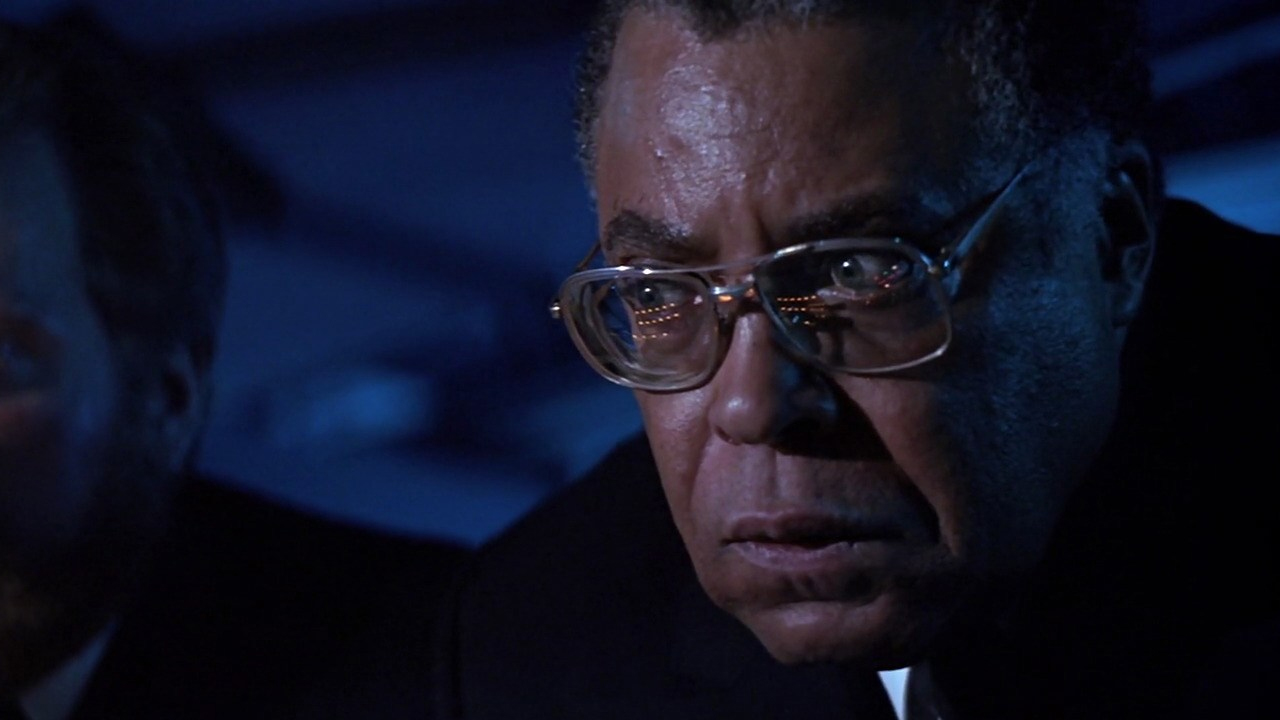
5. The Hunt for Red October (1990)
Overview: Jones’ portrayal of Admiral James Greer in this Cold War thriller cemented his status as a versatile actor. His calm and authoritative presence contrasts perfectly with the tension of the naval conflict, making his performance unforgettable.

6. Patriot Games (1992)
Overview: Reprising his role as Admiral Greer, Jones stars alongside Harrison Ford in this political thriller. His calm leadership and wisdom guide Ford’s Jack Ryan through a maze of political intrigue and danger.
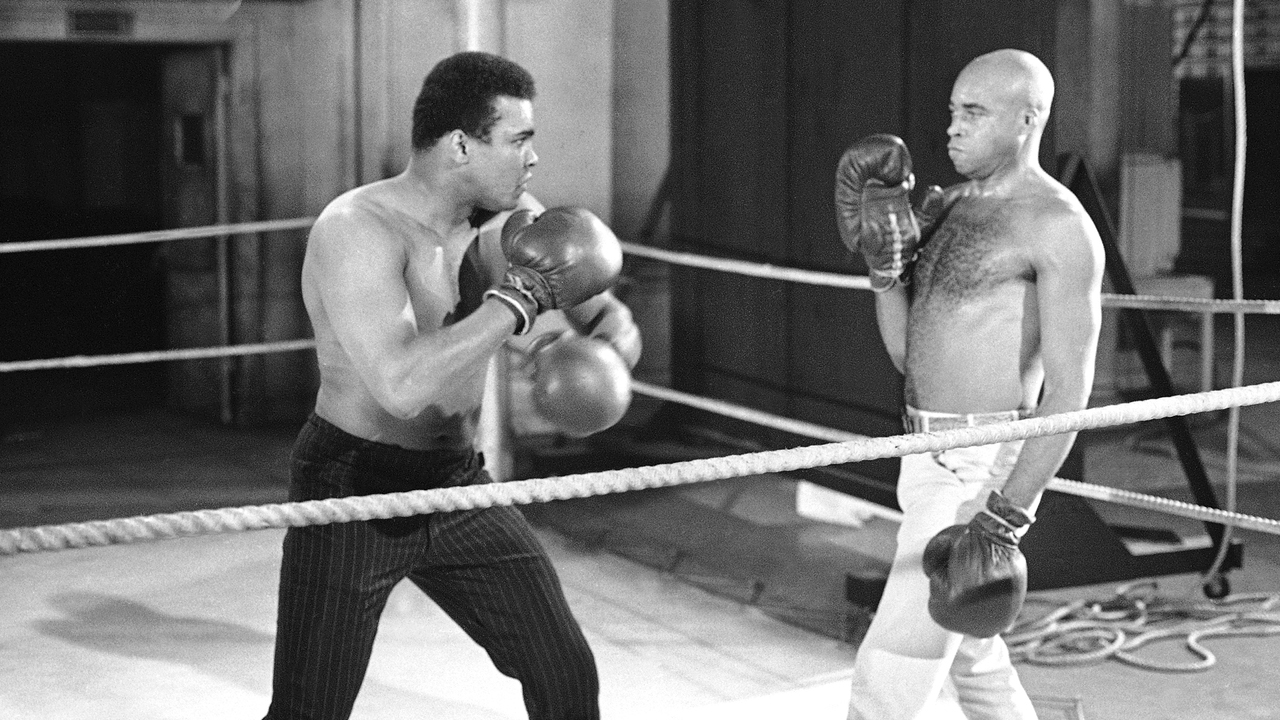
7. The Great White Hope (1970)
Overview: Based on the true story of boxer Jack Johnson, The Great White Hope showcases Jones in one of his earliest and most powerful roles as Jack Jefferson. His portrayal earned him an Oscar nomination and solidified his place as a serious dramatic actor.
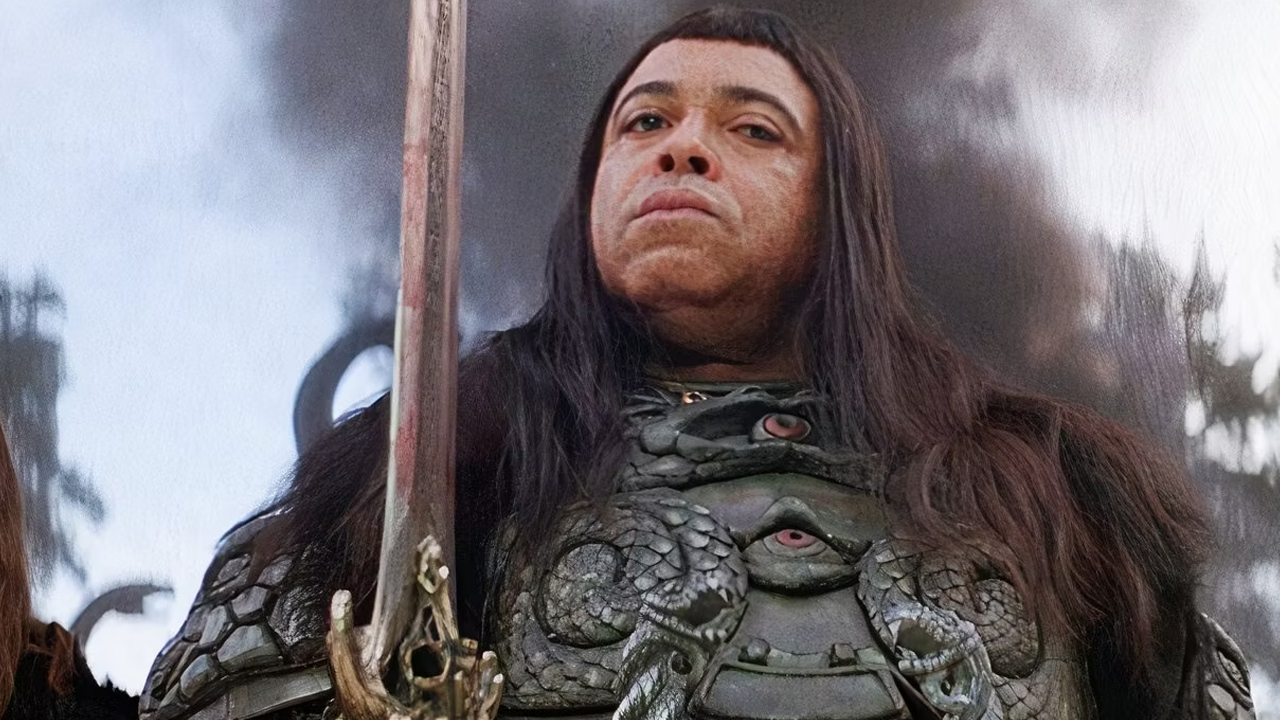
8. Conan the Barbarian (1982)
Overview: In Conan the Barbarian, Jones plays Thulsa Doom, the fearsome villain who faces off against Arnold Schwarzenegger’s Conan. His transformation from a charismatic cult leader to a ruthless sorcerer is chilling, adding depth to this fantasy epic.

9. Cry, the Beloved Country (1995)
Overview: In this powerful drama, Jones portrays Reverend Stephen Kumalo, a man searching for his son during the turbulent apartheid years in South Africa. His performance is deeply emotional and human, highlighting the pain and resilience of those living through apartheid.
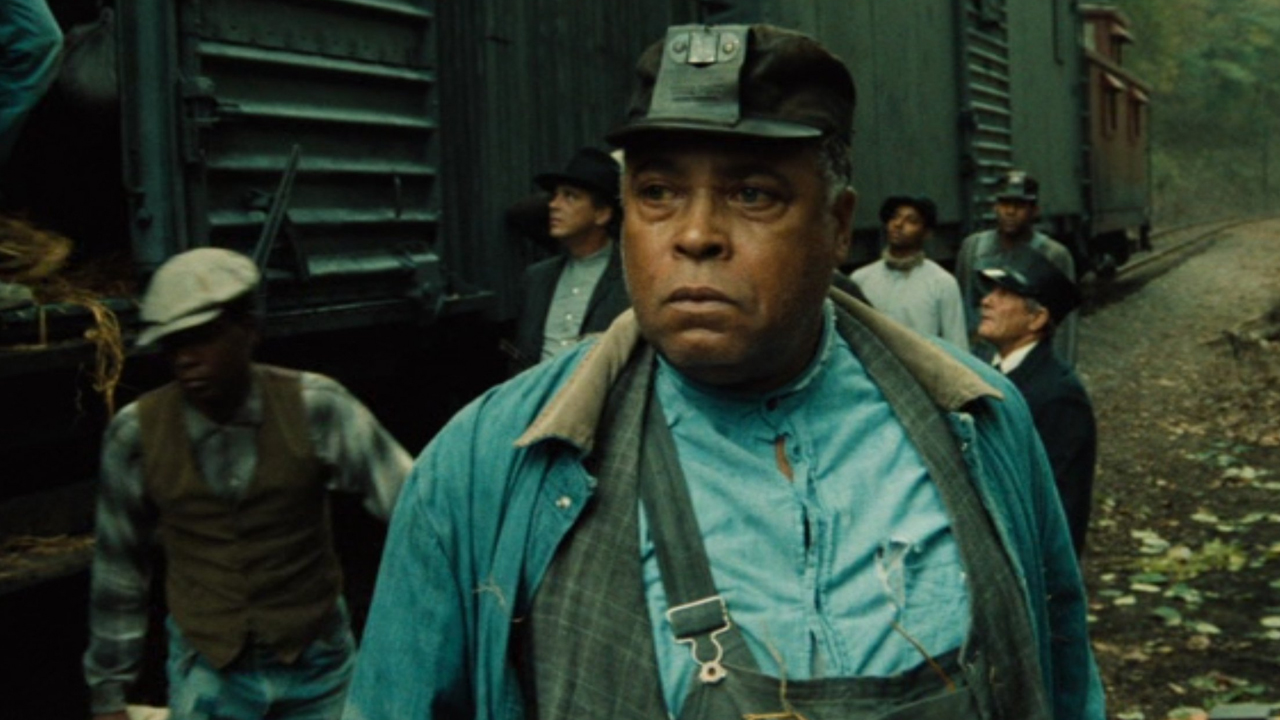
10. Matewan (1987)
Overview: Set during the 1920s coal miner strikes, Matewan sees Jones playing a labor leader advocating for the rights of workers. His portrayal adds a sense of dignity and strength to this historical drama about the fight for justice.
Movie
A Brief Review and History of A Year Without a Santa Claus
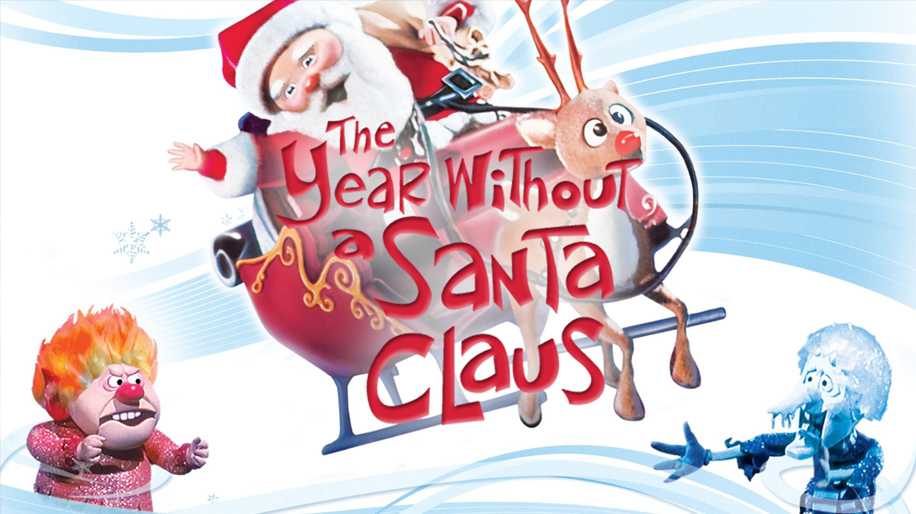
A Year Without a Santa Claus, the 1974 stop-motion holiday classic produced by Rankin/Bass, is a heartwarming and whimsical tale that has cemented its place in holiday traditions. Based on Phyllis McGinley’s 1956 book, the story revolves around a disheartened Santa Claus who, feeling unappreciated, decides to take a year off from his Christmas duties. It’s up to Mrs. Claus and a pair of well-meaning elves, Jingle and Jangle, to reignite the Christmas spirit and show Santa the world’s unwavering belief in him.
The movie is beloved for its unforgettable characters, especially the bickering Miser Brothers, Snow Miser and Heat Miser. Their catchy, vaudeville-style musical numbers, “Snow Miser Song” and “Heat Miser Song”, are so iconic they’ve become cultural touchstones, often parodied and celebrated decades later.
Directed by Arthur Rankin Jr. and Jules Bass, the film continues the duo’s tradition of stop-motion magic, blending heartfelt storytelling with quirky humor. The voice cast, featuring Mickey Rooney as Santa and Shirley Booth as Mrs. Claus, delivers standout performances. Booth’s warm narration was her final acting role before retirement, adding a layer of poignancy to the film.
Initially released on December 10, 1974, on ABC, the special didn’t immediately achieve the legendary status of Rudolph the Red-Nosed Reindeer. However, it gained a dedicated following through annual holiday airings, nostalgic appeal, and its distinct charm.
The film’s themes of hope, unity, and rekindling joy remain timeless, making it a perennial favorite for audiences of all ages. Its blend of humor, catchy songs, and a touching message about believing in magic and goodwill ensures its enduring legacy during the holiday season.
For fans of holiday classics, A Year Without a Santa Claus is a must-watch that never fails to warm hearts and spread cheer.
Movie
Holiday Movie Review: Violent Night

Violent Night (2022), starring David Harbour as a rugged, action hero Santa, delivers a wildly entertaining twist on holiday films. Combining dark humor, brutal action, and unexpected heart, the movie follows Santa as he defends a family held hostage on Christmas Eve. Harbor shines as a jaded yet surprisingly endearing Santa, bringing grit and charm to the role. The film’s blend of holiday magic and high-octane violence is reminiscent of Die Hard but with a festive twist.
Director Tommy Wirkola balances the chaotic fight scenes with moments of redemption and holiday spirit, creating a surprisingly satisfying narrative. While the film isn’t for traditionalists (its R-rating is well-earned), it’s perfect for fans of unconventional holiday fare.
Rating: 8/10: A bold, bloody, and refreshingly unique holiday film that’s destined to become a cult classic.
Movie
The Grinch vs. The Grinch: Jim Carrey vs. Benedict Cumberbatch – Who Played the Better Green Grump?

Dr. Seuss’s beloved character, the Grinch, has been brought to life in two iconic adaptations: Ron Howard’s How the Grinch Stole Christmas (2000), starring Jim Carrey, and Illumination’s The Grinch (2018), featuring the voice of Benedict Cumberbatch. While both films capture the essence of the Grinch’s transformation, their execution, tone, and performances make for an interesting comparison.
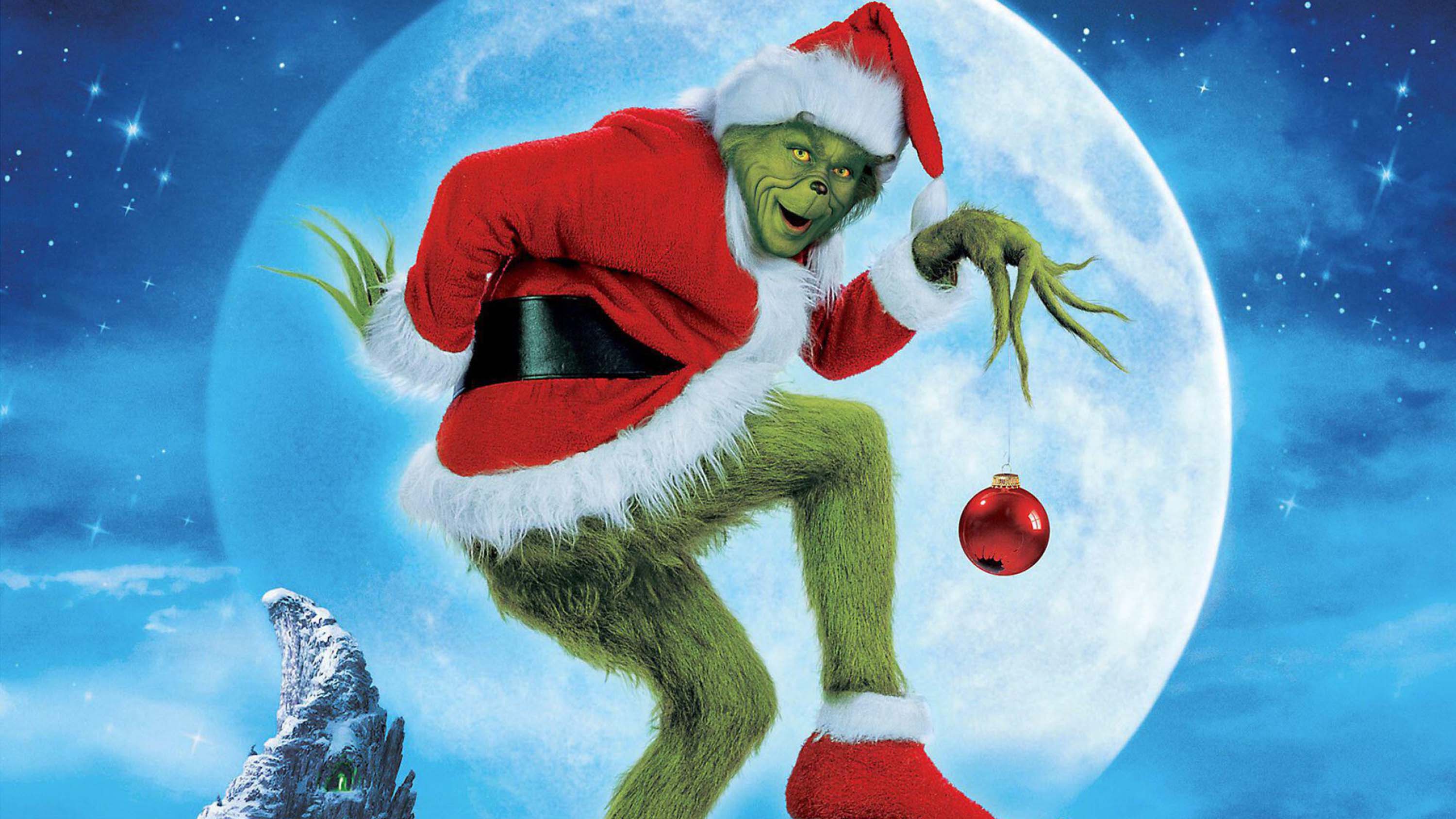
Jim Carrey’s Grinch (2000)
Ron Howard’s live-action adaptation is a bold, larger-than-life take on the classic tale. Jim Carrey’s portrayal is a masterclass in physical comedy and eccentricity. His Grinch is chaotic, sarcastic, and hilariously over-the-top, with Carrey’s boundless energy infusing the character with a manic charm that makes every scene memorable.
This version delves into the Grinch’s backstory, giving him a tragic childhood that explains his hatred for Whoville and Christmas. While this added depth works for some, others felt it detracted from the simplicity of the original story. The film’s whimsical production design and Danny Elfman’s score perfectly complement Carrey’s performance, but the humor occasionally skews more adult, which may alienate younger viewers.
Illumination’s The Grinch opts for a gentler, more family-friendly approach. Benedict Cumberbatch’s voice work offers a softer, more subdued interpretation of the character. This Grinch is more relatable and less cruel, making his eventual redemption feel heartwarming but less impactful.
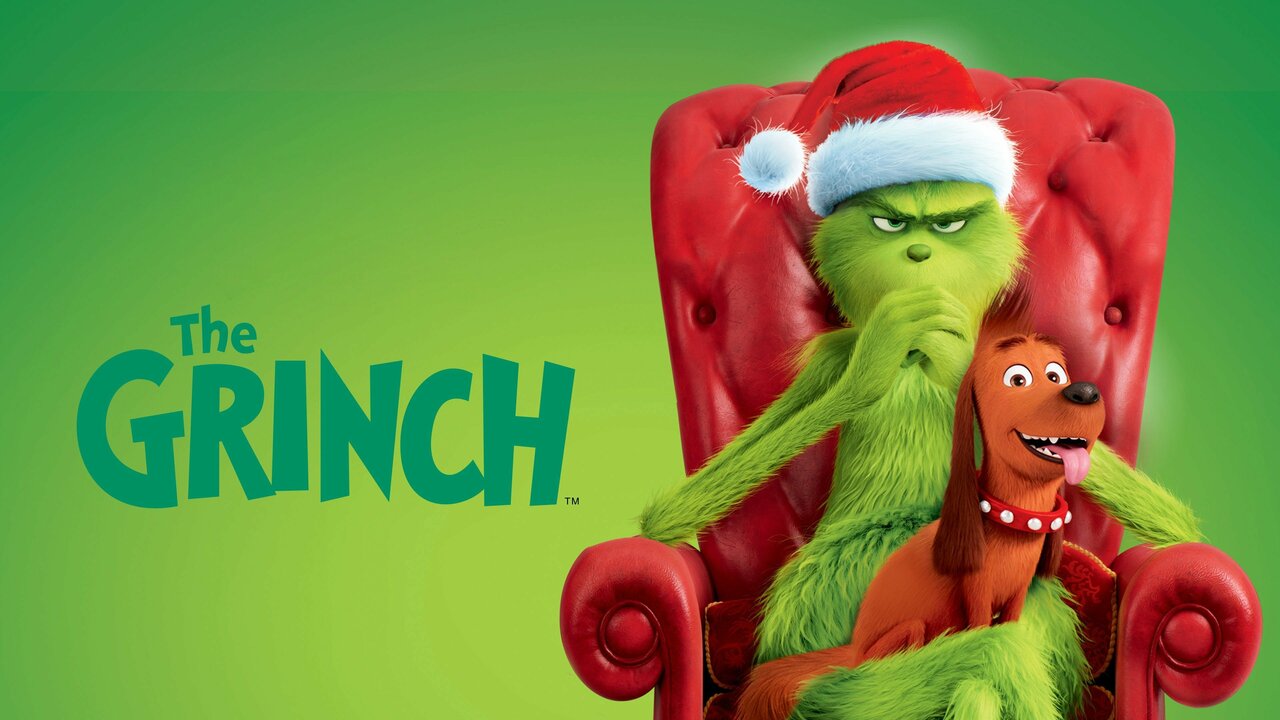
Benedict Cumberbatch’s Grinch (2018)
The animation is visually stunning, capturing the colorful charm of Dr. Seuss’s world. The narrative sticks closer to the original book, with a few modern twists (like a subplot involving Cindy Lou Who’s quest to help her overworked single mom). Pharrell Williams’s narration and playful soundtrack give the film a contemporary vibe that resonates with children and families. However, Cumberbatch’s Grinch lacks the wild unpredictability that made Carrey’s performance unforgettable.
While both films have their merits, Jim Carrey’s Grinch stands out as the more iconic portrayal. Carrey’s physicality, comedic timing, and ability to humanize the character elevate the 2000 film, making it a definitive version for many fans. Benedict Cumberbatch’s Grinch, while charming and visually delightful, feels safer and less memorable in comparison.
Winner: Jim Carrey For its sheer energy, humor, and enduring impact, How the Grinch Stole Christmas (2000) with Jim Carrey remains the ultimate Grinch experience.


